by C. Elkins, OK Math and Reading Lady
This is Part 4 of a series about daily reading routines I recommend. Previously we have looked at read alouds, independent reading, and phonological awareness. Today’s focus is Phonemic Awareness. Some videos and freebies via TPT are linked below.

See link #3 below for FREE task cards from TPT
Phonemic Awareness is under the umbrella of phonological awareness. This encompasses pre-reading skills associated with the sounds of language. Phonemic awareness is the part dealing with individual phonemes and how they can be identified, segmented, blended, and manipulated to create recognizable units or words . . . . the auditory portion. Students need a firm foundation with this aspect before they can adequately apply it to phonics and reading (which is where the visual aspects of the letters that make these sounds appears). So here are some basics about phonemic awareness:
- Phonemes are the basic sound units. In the English language there are 44 of them (the consonants, the vowels, digraphs, etc.). Here is a good, short list from Orchestrating Success in Reading by Dawn Reithaug (2002).: 44 Phonemes However, if you want to go more in depth, then this link should satisfy your curiosity (or make you want to quit teaching spelling) from The Reading Well: 44 Phonemes in Detail
- Onsets/rimes: The onset is the part of the word before the vowel. The rime is the part of the word including and after the vowel. Examples: In the word shop, /sh/ is the onset and /op/ is the rime. In the word bed, /b/ is the onset and /ed/ is the rime.
- Identifying: When presented with a word orally, can a student identify the beginning sound or ending sound? Example: What is the beginning sound in the word moon? /m/. What is the last sound in the word jump? /p/. The brackets are used to represent the sound – the child is not asked to name the letter.
- Segmenting: When presented with these words, can a student take the parts or individual sounds apart orally (segment)? Examples: bed = /b/ + /ed/ or /b/ + /e/ + /d/. Students would NOT be asked at this point to identify the letters that make those sounds, just the sounds.
- Blending: When presented with these sounds, can a student put them together orally (blend) to form a word? Examples: /k/ + /at/ = cat; or /sh/ + /o/ + /p/ = shop
- Manipulating: This involves adding, deleting, or substituting sounds. Example: What is /ap/ with /m/ added to the beginning? (map). What is /land/ without the /l/ sound? (and). Change the /b/ in bed to /r/. . . (red).
Daily teaching routine for Phonemic Awareness:
- If using a reading series, check to see if there is a daily practice with words (like the examples above). Just a few minutes with the whole class is a good introduction and chance for you to observe / listen to who is or is not grasping these tasks.
- Use simple pictures (such as fox): Ask students to do some of the following when you feel they are ready:

- Name the picture and tell the onset and rime. /f/ + /ox/
- Orally say all of the separate sounds /f/ + /o/ + /ks/. Use the length of your arm for these cvc words: tap shoulder and say /f/; tap inside elbow and say /o/; tap the wrist and say /ks/. Then run your hand along the whole arm to blend them back together.
- Use an Elkonin sound box to show the distinct sounds. For fox, use a 3-part box. Push a chip into each box as each sound is being made (no letters yet, just chips, beans, cubes, pennies, etc.). Then blend all the sounds together. (I like to put an arrow at the bottom of the boxes and run my finger along it to remind students with a visual that the last step is to blend the sounds together.)
- Change the /f/ to /b/. What word does that sound like? /b/ + /o/ + /ks/ = /box/
- Change the /ks/ to /g/. What word does that sound like? /f/ + /o/ + /g/ = /fog/
- Change the /o/ to /i/. What word does that sound like? /f/ + /i/ + /ks/ = /fix/
- If you remove the /f/ sound, what is left? /oks/ or /ox/
- Be sure to use short and long vowel words, digraphs, etc. because it’s all about hearing the separate parts – not about matching up the letters that make those sounds.
- Follow up these same routines during guided reading and work station time. Here are 2 links from TPT (FREE) with some great sound box practice opportunities:
- From Julie Davis – Big Ideas for Little Hands (FREE): CVC sound box task cards
- From Stephanie Hager: cvc pictures and sound boxes worksheet
Here is a great short video I recommend regarding the Elkonin sound boxes: Sound boxes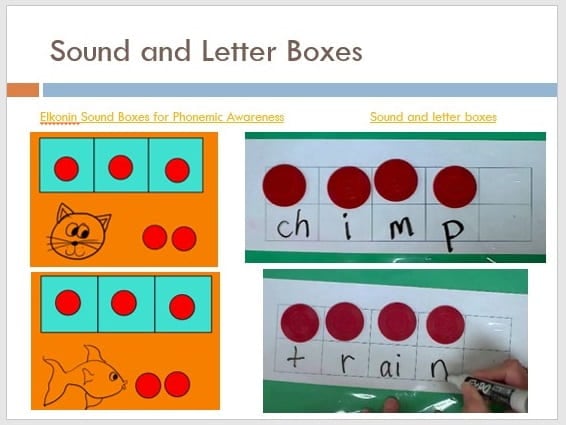
When you are ready to progress from sound boxes to letter boxes, these two videos should be very helpful.
These routines will be very important once you feel they are ready to associate the letter(s) that make these sounds (via phonics, spelling, and writing). A phonics routine will be the next topic. So stay tuned!
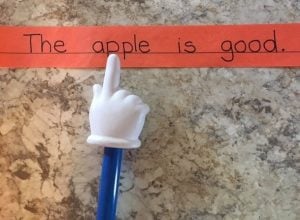

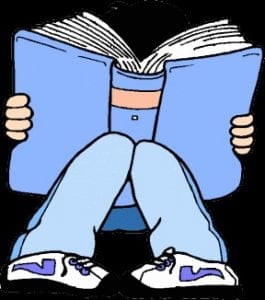
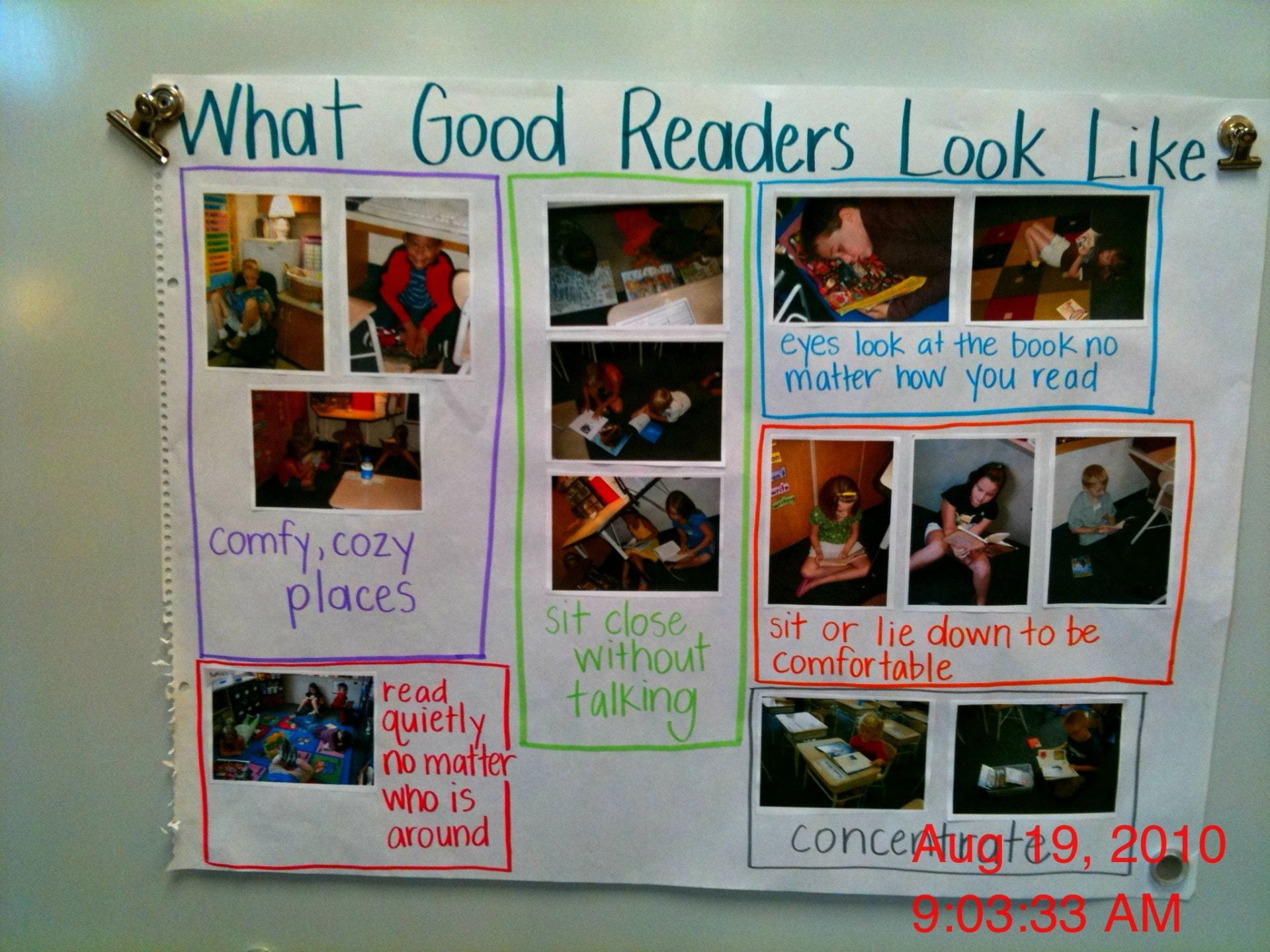

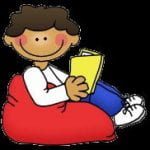





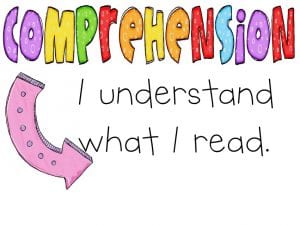



 I might use skills about character analysis such as paying attention to their words and actions to help me “see” what is really going on. Another example: I might use skills about noting details while reading a passage to make the details “come alive” as I try to picture them in my mind. (See link to strategy posters at the end of this post.)
I might use skills about character analysis such as paying attention to their words and actions to help me “see” what is really going on. Another example: I might use skills about noting details while reading a passage to make the details “come alive” as I try to picture them in my mind. (See link to strategy posters at the end of this post.)
 Here are 12 decoding strategies you might like. These show various ways to help students break apart, analyze, and relate to known words. I only recommend sounding out words letter-by-letter in a few limited situations. Beginning readers do this to apply newly learned letter-sound knowledge. It is a successful method for cvc words and other small words which follow the phonics rules. However, if this is the child’s main method of reading, it begins to become unproductive and impede fluency. In addition to prompting students for meaning or use of structure (see Fix-it Strategies parts 1 and 2), try some of these strategies to help children decode words.
Here are 12 decoding strategies you might like. These show various ways to help students break apart, analyze, and relate to known words. I only recommend sounding out words letter-by-letter in a few limited situations. Beginning readers do this to apply newly learned letter-sound knowledge. It is a successful method for cvc words and other small words which follow the phonics rules. However, if this is the child’s main method of reading, it begins to become unproductive and impede fluency. In addition to prompting students for meaning or use of structure (see Fix-it Strategies parts 1 and 2), try some of these strategies to help children decode words.
 This means if they try one sound and it doesn’t make sense, to try the other sound the vowel makes. This is a quick prompt without the teacher going into a mini-lesson on vowel rules. As a visual reminder, I flip the palm of my hand from one side to the other.
This means if they try one sound and it doesn’t make sense, to try the other sound the vowel makes. This is a quick prompt without the teacher going into a mini-lesson on vowel rules. As a visual reminder, I flip the palm of my hand from one side to the other.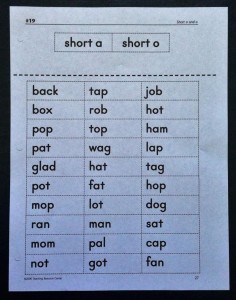
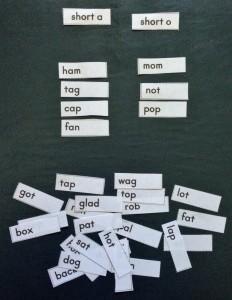



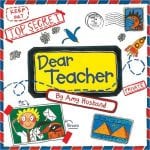 As part of building a classroom community, you likely will have many discussions about diversity, friendship, and showing respect in various ways. Here are some great resources for literature that might emphasize the point you are trying to make.
As part of building a classroom community, you likely will have many discussions about diversity, friendship, and showing respect in various ways. Here are some great resources for literature that might emphasize the point you are trying to make.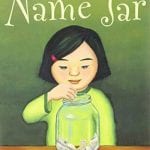
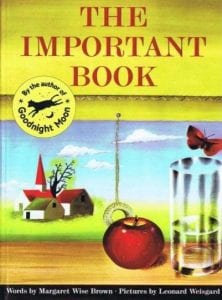
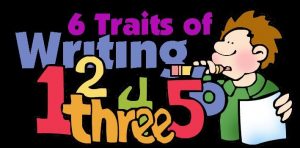 The six traits are a tool for teaching writing, leading to a quality product. They are not an organizational model (such as Four Square). This model was originally developed by the Northwest Regional Educational Laboratory in Oregon. Here is a link to their website which includes more resources, definitions, and research:
The six traits are a tool for teaching writing, leading to a quality product. They are not an organizational model (such as Four Square). This model was originally developed by the Northwest Regional Educational Laboratory in Oregon. Here is a link to their website which includes more resources, definitions, and research: 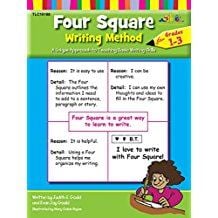
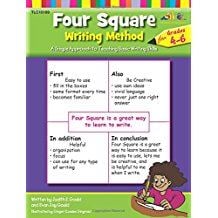

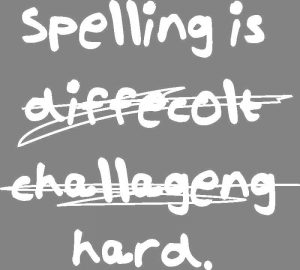
 I walked with you in 1990 and in 2007-2008. I feel your frustrations and have been contacting OK representatives and senators this past year on your behalf. Last in pay, overcrowded classes, lack of supplies, on and on – I experienced it myself and see it everyday when I visit classes. I am proud of you, your goals, and your actions to affect change. I am with you all the way!!!
I walked with you in 1990 and in 2007-2008. I feel your frustrations and have been contacting OK representatives and senators this past year on your behalf. Last in pay, overcrowded classes, lack of supplies, on and on – I experienced it myself and see it everyday when I visit classes. I am proud of you, your goals, and your actions to affect change. I am with you all the way!!!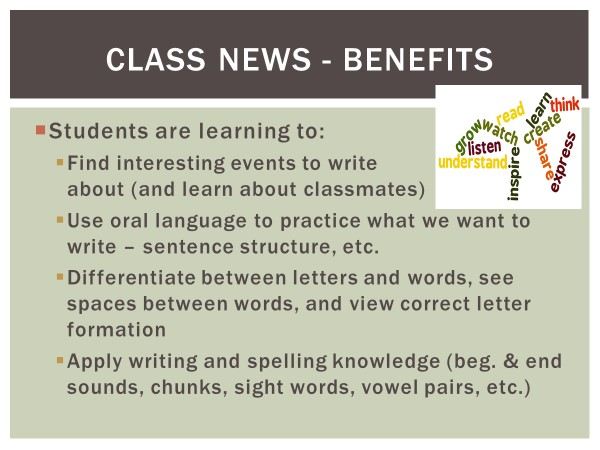
 Do you want to see if your students can distinguish between letter, word, and sentence? Try something like this from
Do you want to see if your students can distinguish between letter, word, and sentence? Try something like this from  When writing words, the space between the letters (within the word) should be really close (so that a skinny piece of spaghetti will fit in between). When writing a sentence, the space between the words should be the size of a meatball. Placing an uncooked spaghetti strand is a great visual aid! Regarding the meatball, however — I would tell students, “We can’t lay a meatball on our paper, but one or two fingers might work because they are about the same size.” Or if possible, provide a popsicle stick to each student to use as their spacer.
When writing words, the space between the letters (within the word) should be really close (so that a skinny piece of spaghetti will fit in between). When writing a sentence, the space between the words should be the size of a meatball. Placing an uncooked spaghetti strand is a great visual aid! Regarding the meatball, however — I would tell students, “We can’t lay a meatball on our paper, but one or two fingers might work because they are about the same size.” Or if possible, provide a popsicle stick to each student to use as their spacer.